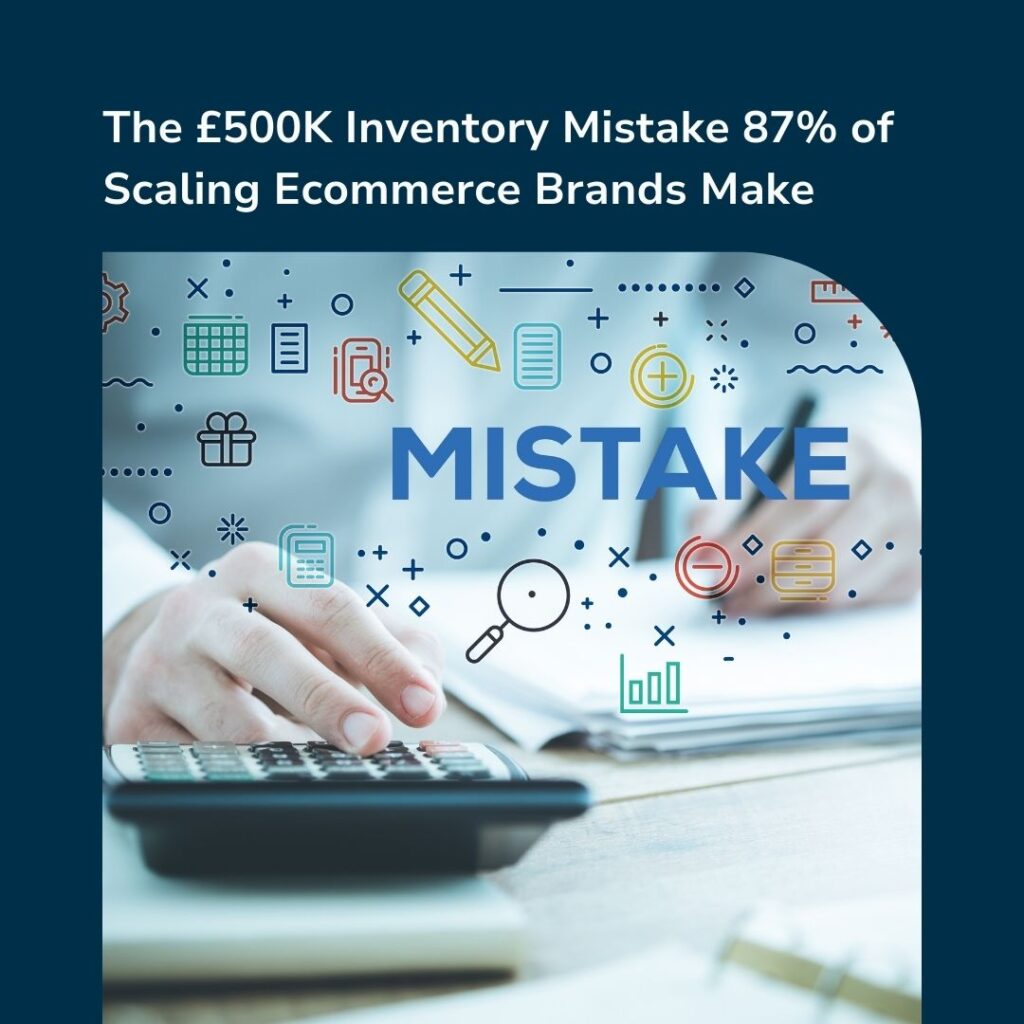That’s what Jason—Head of Marketing for a fast-growing DTC ecommerce brand—asked as he stood in front of the leadership team, slides full of glowing digital marketing metrics behind him… and a CFO frowning in the front row.
Clicks were up. Click-through rates were up. ROAS looked good. But profit margins were flat.
Jason wasn’t doing anything wrong—he was doing what most ecommerce marketing leaders do: optimizing paid media campaigns around metrics that look good on paper, but don’t always drive sustainable business growth.
Welcome to the trap of vanity metrics in ecommerce.
The Marketing Metrics That Make You Look Good vs. The Ones That Help You Grow
If you’ve ever proudly reported on a great click-through rate optimization or a 3x return on ad spend (ROAS)—only to find out your customer acquisition cost (CAC) is unsustainable—you’re not alone.
Vanity metrics are those numbers that give the illusion of marketing success. These include ROAS without profit context, impressions without meaningful engagement, ad clicks without conversion tracking, social media followers with no customer growth, and website traffic without revenue attribution.
They’re easy to track in marketing dashboards, easy to celebrate—and dangerously easy to misinterpret for business decisions.
What does your ecommerce business really need? Actionable marketing data that reflects performance through the lens of profitability, customer retention, and lifetime value.
Jason’s Digital Marketing Transformation: From Dashboard Drama to Data-Driven Clarity
Here’s how to shift from vanity metrics to performance marketing intelligence:
1. Aligned Marketing KPIs With Real Business Outcomes
No more chasing a high ROAS in isolation, implement comprehensive ecommerce analytics by analyzing cost per acquisition (CPA) vs. average order value (AOV), calculating profit per order after shipping, returns, and discount costs, tracking repeat purchase rates and customer retention metrics post-campaign, and measuring customer lifetime value (CLV) by acquisition channel.
This makes marketing reporting more honest—and more powerful in executive presentations.
2. Advanced Conversion Tracking Beyond the Click
Instead of stopping at the pixel tracking, implement comprehensive attribution modeling. Integrate first-party customer data to track real revenue attribution, measure customer lifetime value by paid advertising source, create unified marketing dashboards connecting Meta Ads, Google Ads, and Shopify analytics, and implement server-side tracking for iOS 14+ compliance.
Now you can see which target audiences drove profitable customers over time—not just cheap website traffic.
3. Reallocated Ad Spend From “Pretty” Numbers to Profitable Performance
Broad audience targeting can drive vanity metrics but poor conversion quality.
If you reallocate marketing budget to campaigns that looked boring in Ads Manager—but move the needle in the profit and loss statement.
Look Past Surface Metrics. Find the Real Performance Signals.
“You can’t optimise what you don’t truly measure.”
For Heads of Marketing in ecommerce, the difference between sustainable growth and marketing burnout often comes down to which key performance indicators you trust.
Vanity metrics can help you justify advertising spend—but actionable marketing data helps you optimize it for long-term profitability.
Every ecommerce marketer should focus on these key actionable metrics: Customer Acquisition Cost (CAC) vs Customer Lifetime Value (CLV) ratios, Marketing Qualified Leads (MQL) to paying customer conversion rates, attribution modeling across the entire customer journey, cohort analysis for customer retention by acquisition source, and contribution margin after fulfillment costs per marketing channel.
Transform Your Ecommerce Marketing Data Into Smart, Profitable Decisions
At Axies Digital, we specialise in performance-driven paid advertising that doesn’t just perform in marketing dashboards, but connects to the actual business metrics you’re measured against as a marketing leader.
Our data-driven marketing approach includes marketing attribution modelling and conversion tracking optimization, customer lifetime value optimization strategies, profit-focused campaign management beyond vanity metrics, executive-level marketing reporting that ties to business outcomes, and marketing automation with customer journey optimisation.








